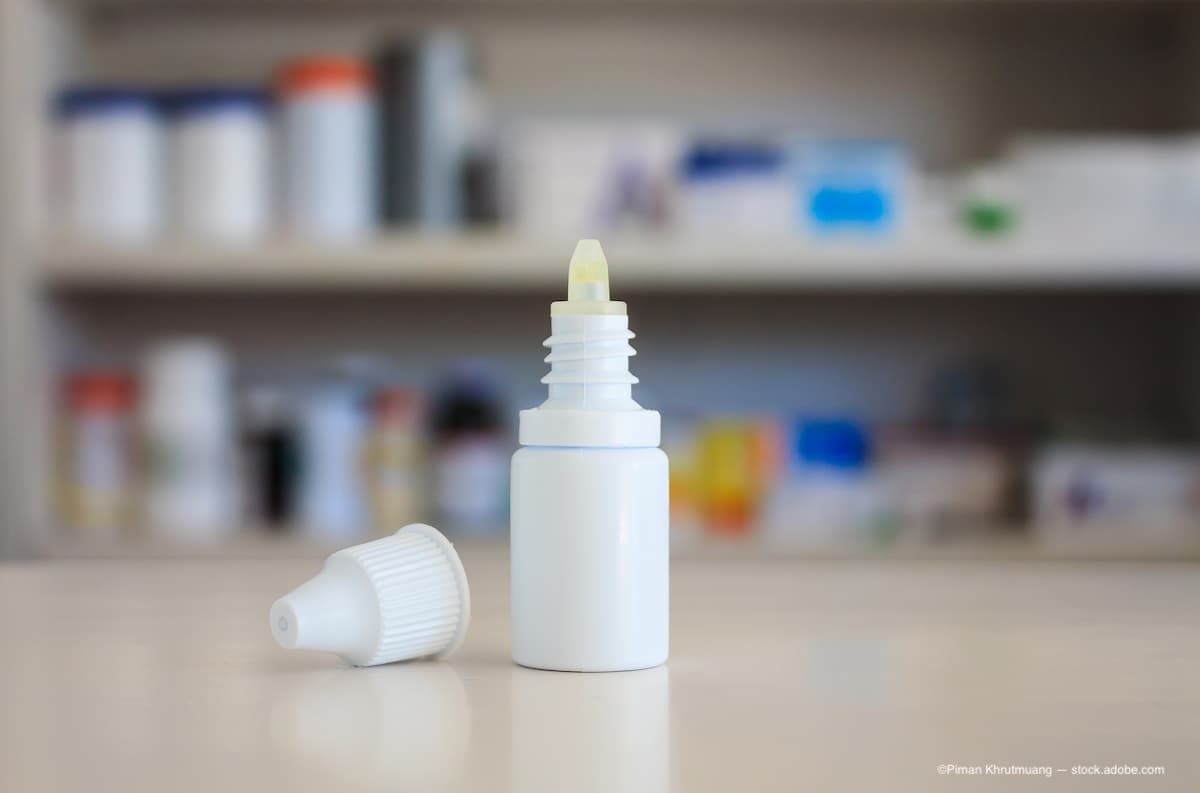News
Article
HanAll Biopharma Co. announces initiation of phase III VELOS-4 trial for dry eye disease
Author(s):
The trial is a study of twice daily tanfanercept ophthalmic solution 0.25% and 1.0% and will leverage key insights from the concluded Phase III VELOS-3 study.
(Image Credit: AdobeStock/Elnur)

HanAll Biopharma Co. has announced the initiation of its Phase III VELOS-4 trial (NCT06400589) evaluating the efficacy and safety of tanfanercept in patients with moderate to severe dry eye disease (DED).
The VELOS-4 trial is a multicenter, randomized, double-masked and vehicle-controlled study of twice daily tanfanercept ophthalmic solution 0.25% and 1.0%. HanAll Biopharma describes tanfanercept as a “potentially first-in-class topical anti-inflammatory treatment targeting tumor necrosis factor (TNF)” and a “molecularly engineered tumor necrosis factor receptor 1 (TNFR1) fragment with strong affinity for TNF and resistance to degradation by proteinases.”1
Effectiveness is stated to be measured by the improvement in Schirmer Test results, reduction of dry eye symptoms, eye redness, and eye surface irritation (corneal staining, conjunctival staining). Patients will be evaluated at 2, 4, 8, and 12 weeks.2
According to the company, the VELOS-4 trial will leverage key insights from the concluded Phase III VELOS-3 study. VELOS-3 (NCT05109702) was a US-based multicenter, randomized, double-masked, vehicle-controlled Phase 3 study designed to evaluate the safety and efficacy of tanfanercept 0.25% for the treatment of adults with moderate to severe DED. The 2 primary outcome measures were a change from baseline in Central Corneal Staining Score (CCSS) at 8 weeks and a change from baseline in Eye Dryness Score (EDS) Assessed by Visual Analogue Scale at 8 weeks.
In VELOS-3, tanfanercept showed a statistically significant improvement in the secondary efficacy endpoint of tear volume measured by unanesthetized Schirmer testing in patients treated with tanfanercept compared to the vehicle group at week 8 (p=0.002).
Furthermore, a post hoc analysis revealed that a noteworthy proportion of participants in the tanfanercept group (13%) exhibited a Schirmer test improvement of at least 10mm from baseline at week 8.
“With tanfanercept's promising results in earlier studies and its innovative mechanism targeting TNF, we are hopeful that this novel treatment will offer new hope and relief to those affected by this debilitating condition,” said Sean Jeong, MD, MBA, CEO of HanAll Biopharma in a press release from the company.1
Top-line data from the Phase III VELOS-4 trial is anticipated in the second half of 2025.
References:
HanAll Biopharma Announces Initiation of Phase III Randomized, Double-Masked Vehicle Controlled VELOS-4 Trial Evaluating Tanfanercept for Treatment of Dry Eye Disease. Press release; May 7, 2024. Accessed May 13, 2024. https://www.hanall.com/board_view.php?bo_table=press&idx=91
A Phase 3 Study in Dry Eye Disease (VELOS-4). NCT06400589. https://clinicaltrials.gov/study/NCT06041256?tab=table




